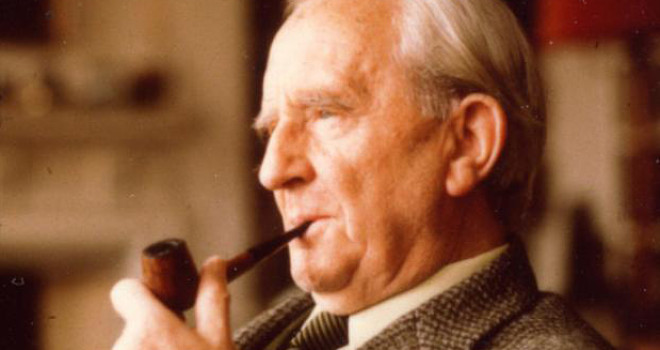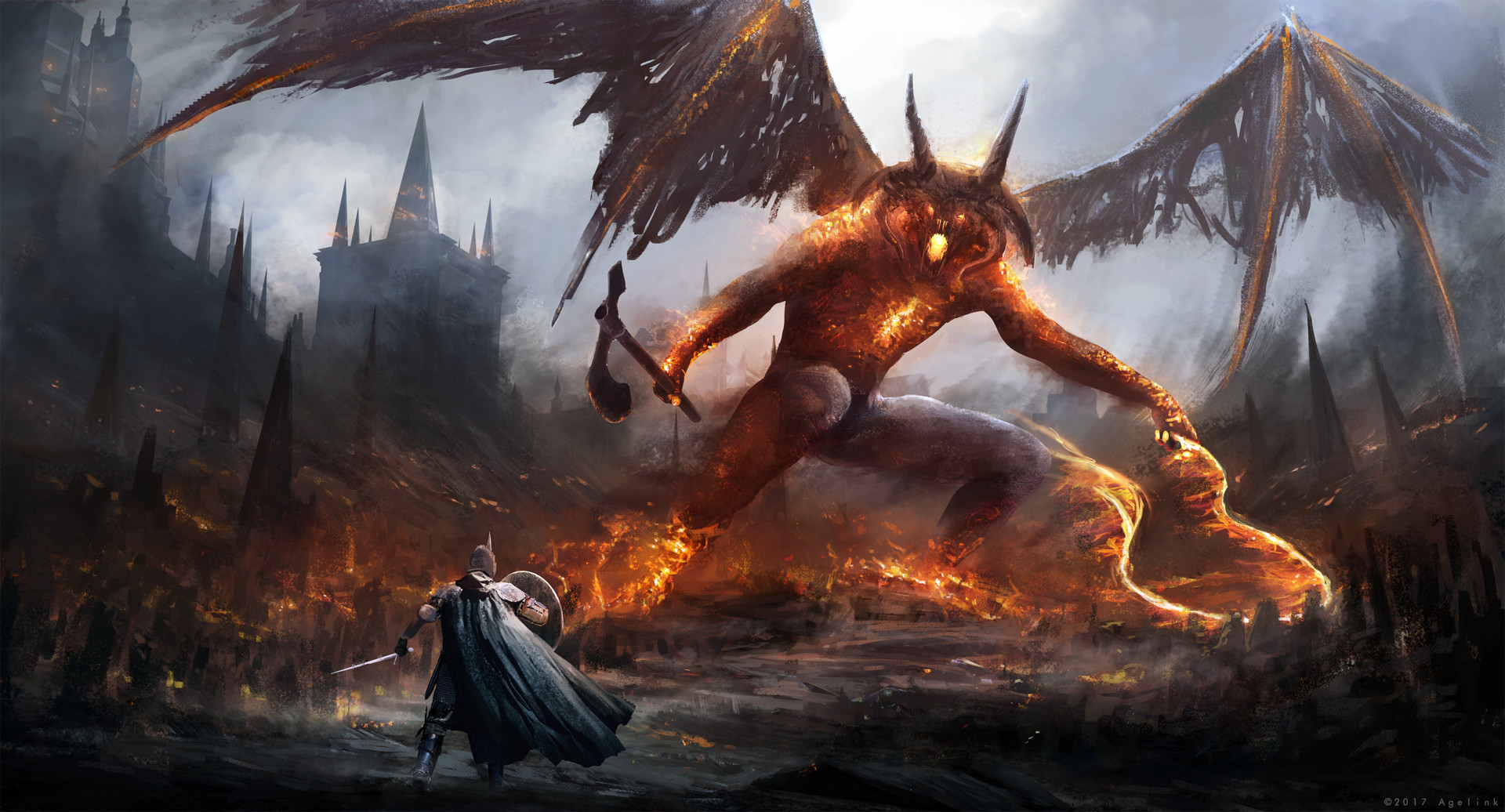Now I know what you’re thinking. One of J. R. R. Tolkien’s stories from his imaginary mythology cannot by any stretch be considered Science Fiction. I also know that throughout the two plus years that I’ve been writing this blog I’ve been very strict about not letting the fantasy genre creep in to my reviews.
I’m making an exception for ‘The Fall of Gondolin’ however because this story is almost certainly going to be the last book that will ever be published with J. R. R. Tolkien listed as author. After all Tolkien died over 40 years ago in 1975 and although his son Christopher has been going through all of his father’s notes, editing and publishing several books from those notes, there aren’t many notes left and Christopher himself is now 94 years old. So ‘The Fall of Gondolin’ will undoubtedly be our last journey to that fabled land of Elves and Men called Middle-Earth.

It’s appropriate that ‘The Fall of Gondolin’ should be Tolkien’s last book because, as best Christopher can determine from his father’s notes, it was actually the first of the stories of the elder days that J. R. R. ever began. The basic idea of the hidden city of Gondolin was first set down while Tolkien was recuperating in a hospital from the injuries he had received at the battle of the Somme in 1916. Think about that, not too many stories can be said to have taken more than a hundred years to go from initial conception to actual publication.

And what you get in the ‘Fall of Gondolin’ isn’t a completed story anyway. Instead there are two lengthy sketches, the first sketch (completed in 1924) is an early complete story that has not been thoroughly fleshed out while the second (started in 1952), is a perhaps more fleshed out than necessary version of the first third of the complete story. Along with the sketches are Christopher Tolkien’s comments on his father’s notes.
For those who aren’t familiar with Tolkien’s mythology let’s just say that in the elder days the elves are fighting against the evil power of a devil named Melko or Melkor but called by the elves Morgoth (this is a problem I’ll discuss in a bit). After a battle one of the elves’ leaders Turgon decides to take his people into the mountains where he finds a valley and founds the ‘hidden city of stone’ or Gondolin in the elfish language.

By the way humans (always referred to as Men) are just coming into existence during this war. One man, Tuor, the son of either Peleg or Huor, is given a mission by the sea god Ulmo, or Ylmir to find Gondolin and warn the city that they can’t hide from the bad guys forever.
I think you just got a taste of Tolkien’s problem here. He couldn’t stop tinkering, he couldn’t just finish a story and he loved coming up with names! Between the 1924 complete sketch and the 1954 first third more than a dozen new names or places that link to other stories have been added while a half dozen names have been completely changed.
In one sense it was this continuous reworking that made Tolkien’s ‘The Lord of the Rings’ the intricate tapestry that is was, but it also meant that he hardly ever finished anything!!! His poor son has spent forty years shifting through his father’s notes trying to satisfy the lovers of his father’s works who want the whole story, but there just isn’t one!
I’d like to quote Leonardo da Vinci if I may. “No work of art is ever completed, it is merely abandoned”. That is true whether you are painting a portrait or composing a symphony or writing the mythology of Middle-Earth. Yes you have to edit and revise, usually several times but eventually you have to put your pen down and send your glorious work off to the publisher or no one else will ever get the chance to see how wonderful it is!
For example I have forced myself to write two posts every week for this blog. I know that I have to publish two posts and of course I try to do my best to have everything make sense, as well as making it interesting. Yes I do revise and edit every post several times but eventually I have to just finish them and publish them so that you can read them.

Tolkien’s final word on Middle-Earth, ‘The Fall of Gondolin’ isn’t for everyone simply because, despite Christopher Tolkien’s best efforts, it isn’t a complete anything. I do recommend it for true lovers of fantasy however, especially fans of Tolkien. Such readers will not just enjoy it they will have to have it. I would also recommend ‘The Fall of Gondolin’ to would be writers because from it you can learn a fair bit about the writing of intricate stories like Tolkien’s, as well as a warning about some of the pitfalls.
